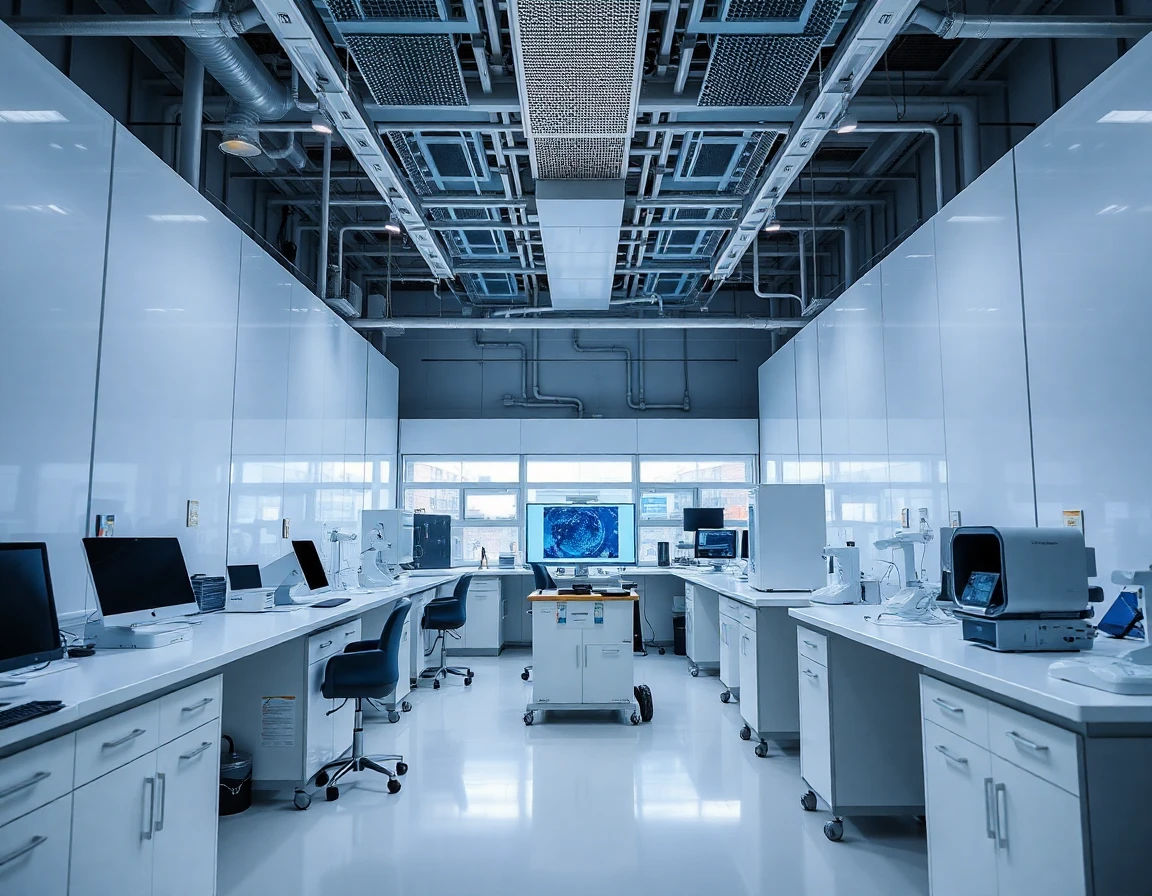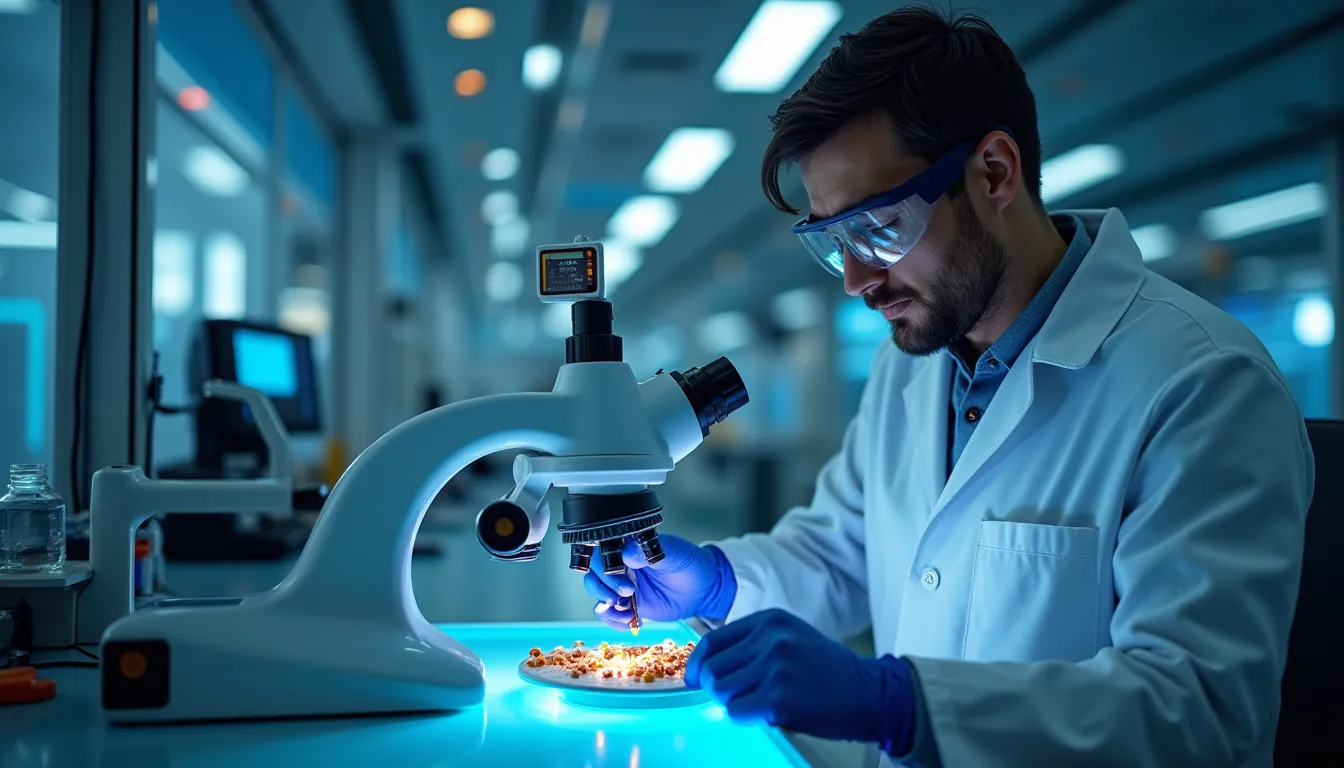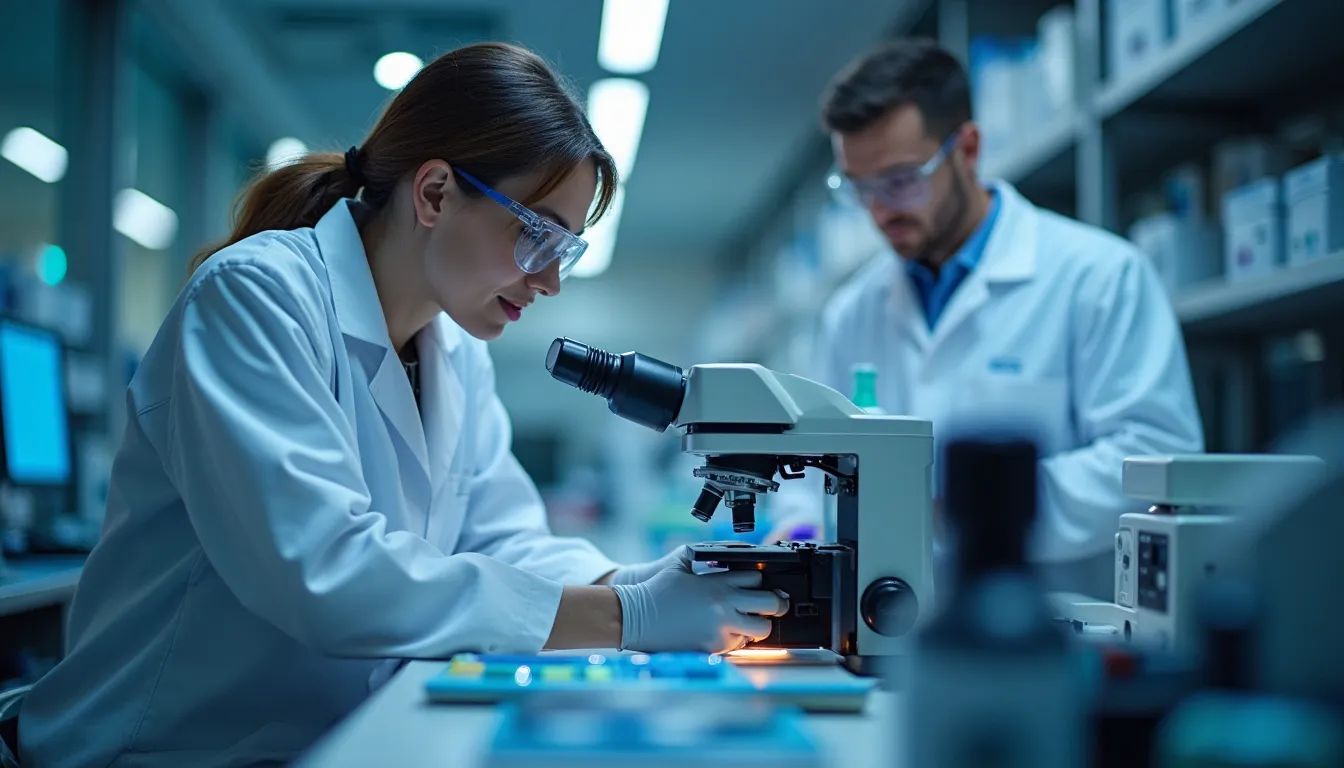As the number of satellites in orbit continues to rise, the issue of space debris has become increasingly critical. With millions of pieces of debris orbiting Earth, ranging from defunct satellites to fragments from collisions, the need for effective space debris removal technologies has never been more urgent. This article delves into the latest research and innovations aimed at tackling this pressing challenge.
Understanding the Space Debris Crisis
Space debris poses a significant threat to both operational satellites and crewed missions. According to the European Space Agency (ESA), there are over 34,000 objects larger than 10 cm in orbit, with many more smaller fragments that can cause catastrophic damage. The risk of collision is rising, which jeopardizes the safety of satellite communication systems and future space missions.
The Importance of Space Debris Removal Technologies
The potential consequences of unaddressed space debris are severe. Collisions can lead to the creation of even more debris, creating a cascading effect that could render certain orbits unusable. Therefore, the development of effective space debris removal technologies is essential for ensuring the sustainability of space operations.
Emerging Technologies for Space Debris Removal
Recent advancements in technology have led to innovative methods for addressing the space debris issue. Some of the most promising approaches include:
1. Robotic Arms and Capture Mechanisms
Robotic systems designed to capture and deorbit defunct satellites are gaining traction. These systems utilize precision accelerometers and advanced gyroscopic instruments to maneuver and secure debris. The ability to accurately track and capture pieces of debris is crucial for ensuring successful removal operations.
2. Laser-Based Removal Systems
Another innovative approach involves using high-powered lasers to vaporize smaller debris or deorbit larger objects. The ZQXXSDRSS System, a high-performance APD quadrant detector featuring four identical silicon avalanche photodiodes, can play a critical role in enhancing the precision of laser targeting systems used in debris removal efforts. By providing high responsivity at 1064nm, this technology can improve the accuracy of tracking and targeting debris, making laser removal methods more effective.
3. Electrodynamic Tethers
Electrodynamic tethers are another promising solution that utilizes electromagnetic forces to deorbit satellites efficiently. These systems can create drag on defunct satellites, gradually lowering their orbits until they re-enter the atmosphere, where they burn up upon re-entry.
Industry Insights and Expert Perspectives
Experts in the aerospace field emphasize the urgency of developing robust space debris removal strategies. Dr. Emily Carter, a leading researcher in satellite technology, states, “The accumulation of space debris is a ticking time bomb. If we do not implement effective removal technologies soon, we risk significant disruptions in satellite communication and navigation systems.”
Collaboration Across the Industry
The issue of space debris is not just a technical challenge but a collaborative one as well. Various organizations, including governmental space agencies and private companies, are investing in research and partnerships to develop comprehensive solutions. Collaborative efforts can help pool resources and expertise to accelerate the development of effective debris removal technologies.
Future Developments in Space Debris Management
Looking ahead, the future of space debris removal hinges on continuous innovation and international cooperation. With the increasing commercial interest in space, including satellite communication and space tourism, the urgency to address debris management will only intensify.
Regulatory Frameworks and Policy Initiatives
Regulatory frameworks are essential to ensure that satellite operators take accountability for their space assets. Initiatives such as the Inter-Agency Space Debris Coordination Committee (IADC) are vital in promoting best practices for debris mitigation and removal.
Conclusion: A Call to Action
As humanity ventures further into space, addressing the issue of space debris becomes paramount. The development of effective space debris removal technologies will not only protect current satellite communication systems but also pave the way for future exploration and utilization of space.
The collaboration among governments, industries, and researchers will be critical in turning innovative concepts into reality. As we look to the stars, we must also look after our orbital environment, ensuring a sustainable future for all space endeavors.



